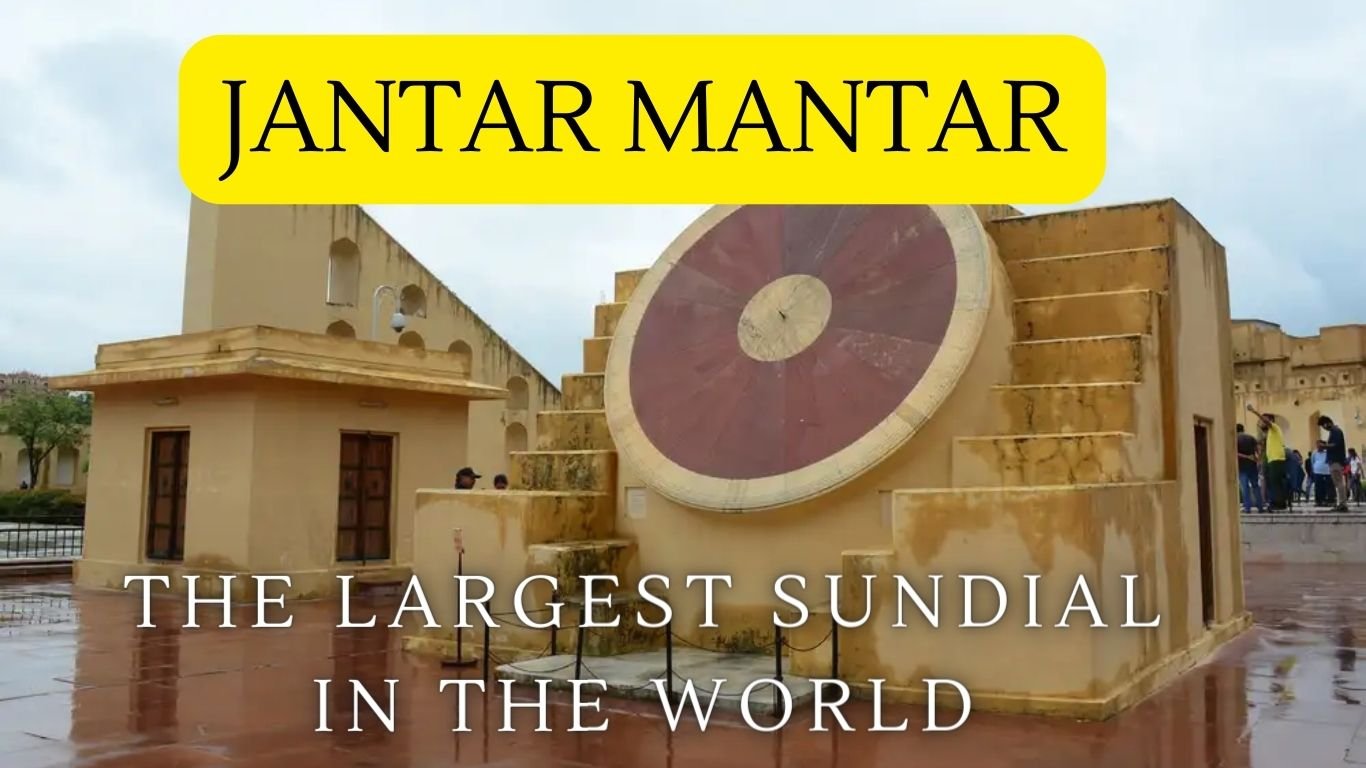There are many famous temples in India which have great religious importance. Like the Jyotirlingas of Lord Shiva, Shakti Peeth of Goddess Sati. Char Dham etc. There are 51 Shakti Peetha and four of them are called Adi Shakti Peetha. In this article you will learn about one of the four adi Shakti Peetha and the most revered goddess temple – The Kamakhya Temple.
Kamakhya Temple

The Kamakhya Temple is one of the oldest and most revered centers of Tantric practices. It is one of the four Adi Shakti Peetha. The temple is the center of the Kulachara Tantra Marga and the site of the Ambubachi Mela, an annual festival that celebrates the menstruation of the goddess. Structurally, the temple is dated to the 8th-9th century with many subsequent rebuildings and the final hybrid architecture defines a local style called Nilachal. It is also one of the oldest of the 51 pithas in the Shakta tradition.
Legends of Kamakhya Temple

According to the famous legend of Goddess Sati who married to Lord Shiva against his father Prajapati Daksha wishes. As a result he insulted Shiva and Sati, and not invited them in the grand Yagya where all the gods were invited. Sati went to yagya even when she was not invited and as a result she was insulted by Daksha. Unable to withstand this insult, Sati sacrificed herself in the fire. Lord Shiva became angry at his wife’s death and wild, grief-stricken Shiva wandered the universe with her half-burnt corpse. To overcome this grief, Shiva has to get rid of Sati’s corpse but his love wouldn’t let him do it. Finally, Lord Vishnu used his Sudarshan Chakra to dismember her body into 51 parts, each of which fell on different places on the earth, each creating a Shakti Pitha. Kamakhya temple was the place where the yoni fell down of mata Sati.
According to the Kalika Purana, Kamakhya Temple denotes the spot where Sati used to retire in secret to satisfy her amour with Shiva.
Architecture of the Temple
The current structural temple and the rock-cut sculpture strewn in the vicinity indicate that the temple has been built and renovated many times in the period 8th–9th, 11th–12th, 13th–14th centuries and even later. The current form, from the 16th century has given rise to a hybrid indigenous style that is sometimes called the Nilachal type: a temple with a hemispherical dome on a cruciform base. The temple consists of four chambers: garbhagriha and three mandapas locally called calanta, pancharatna and nata mandira aligned from east to west.
References From :-




